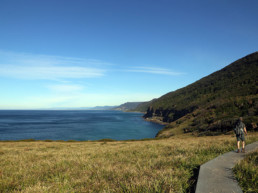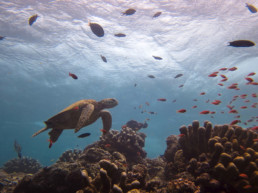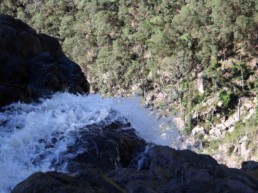It starts just as a few small flecks against the sky. Small black shapes tumble into the depths of the jungle. I crane my neck back and stair with mouth agape. Within minutes it is a steady stream of fur, and wings, and rushing air. Out from what is known as ‘Horse cave’ come a stream of twisting, spiralling, balling bats; millions upon millions of them.
A single line of bats streams out from the world’s largest cave, unbroken for close to thirty minutes, the giant colony making the nightly flight into the jungle to hunt. As the numbers begin to slow, the stream breaks off into clumps of thousands of bats that spiral high above the cliffs; others create separate forks that veer off into the forests depths.
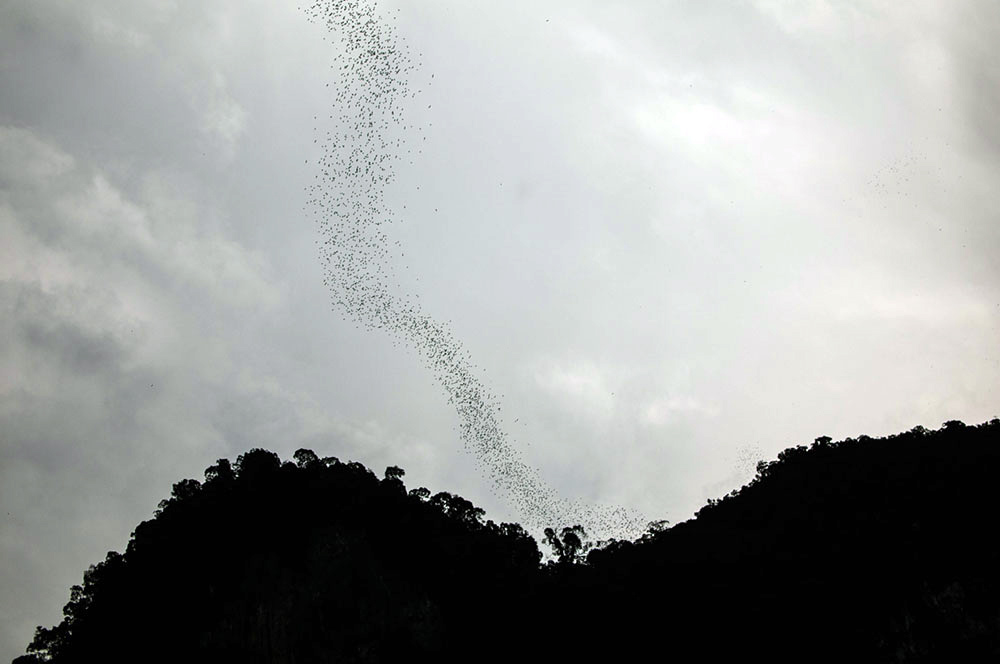
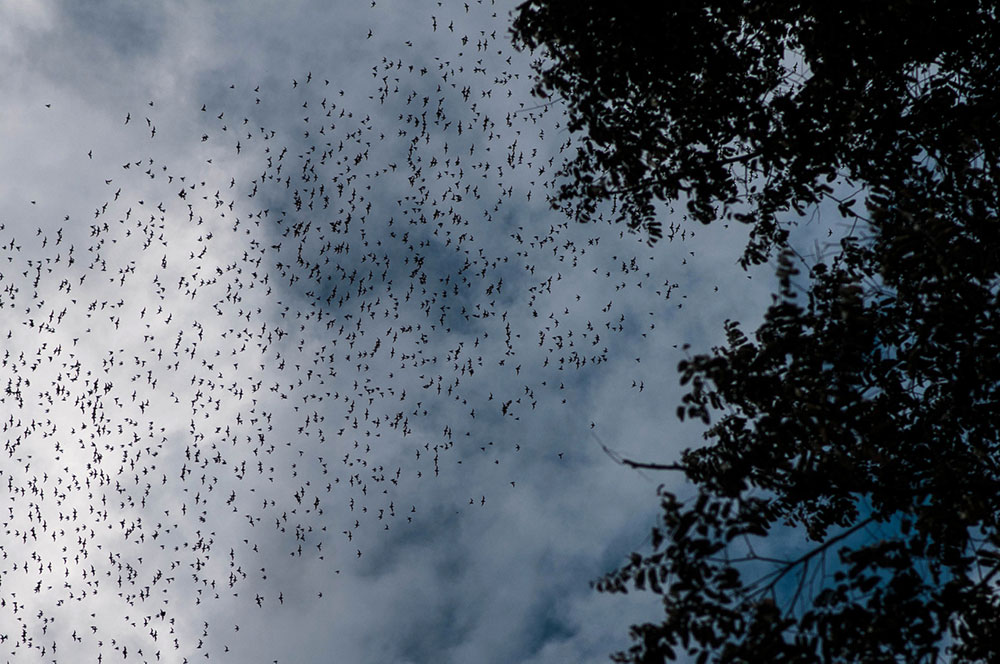
This breathtaking spectacle takes place with beautiful regularity, every day between four and six in the evening the millions of bats stream out into the jungles of Mulu National Park, Borneo’s largest protected park.
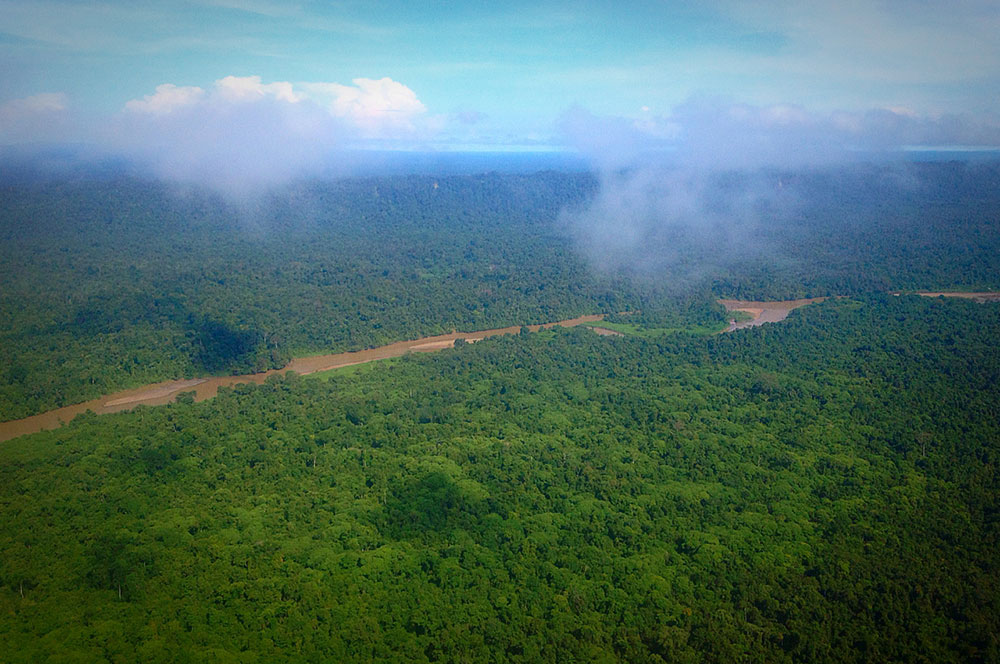
To access the park first you must squeeze yourself and all your luggage into a small short hop propeller plane that takes you from the coastal city of Miri into the Mulu National Park. The flight takes you out above the coast, across the small inhabited strip of land by the sea; just visible on the horizon are the oil rigs that line the continental shelf, then over the wide tracks of plantations and palm farms that dominate huge swaths of the island, and finally into the endless central jungles that thankfully still stretch for thousands of kilometres through the centre of Borneo. The flight offers a birds eye view of the cross-sections and divisions that have come to define Borneo.
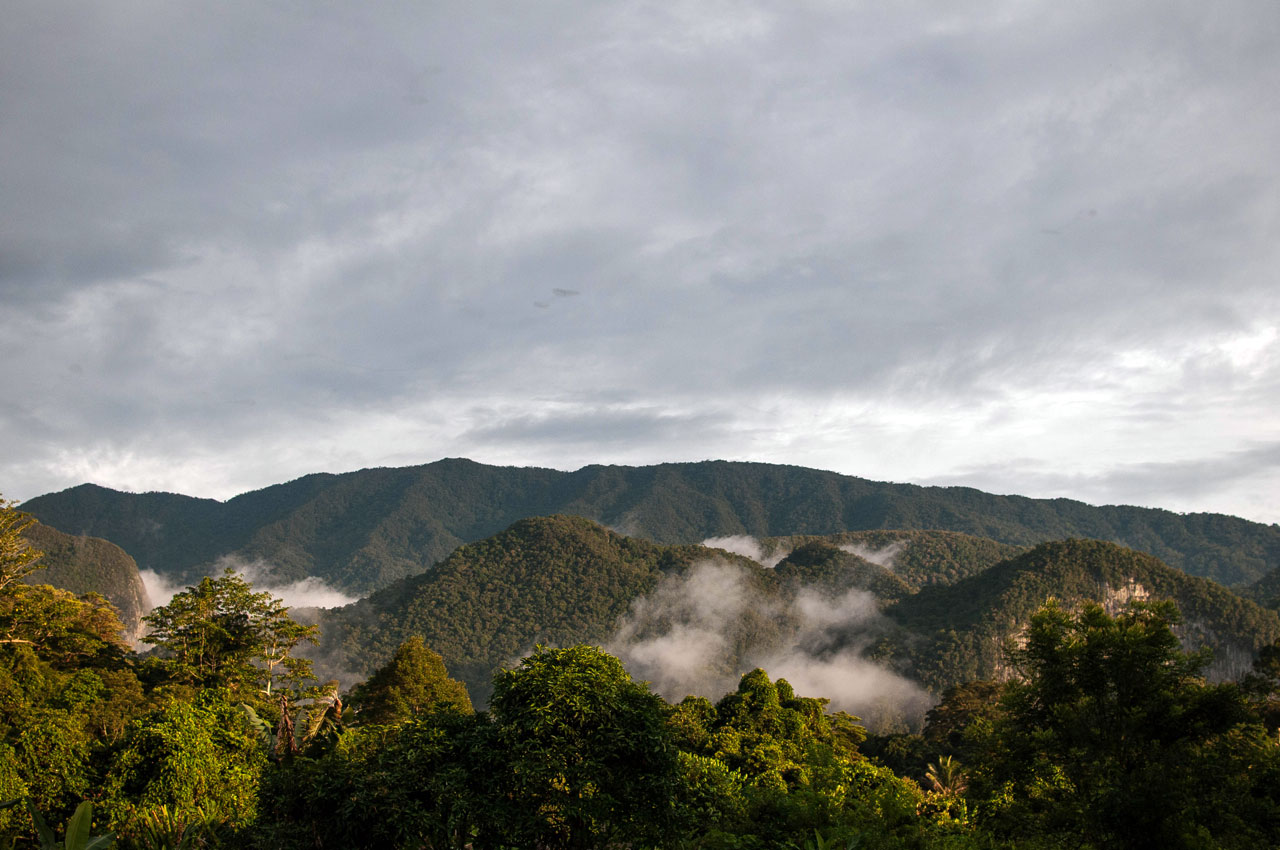
The creation of Mulu National Park, along with protecting some of the largest and most pristine jungle in Malaysian Borneo, was spurred by the fact that under the giants tracks of virgin forest sit close to 200 kilometres of caves; some of which are only just now being fully mapped and measured. The park is a UNESCO site thanks to these subterranean caverns and the incredible array of flora, fauna, and formations that they protect.
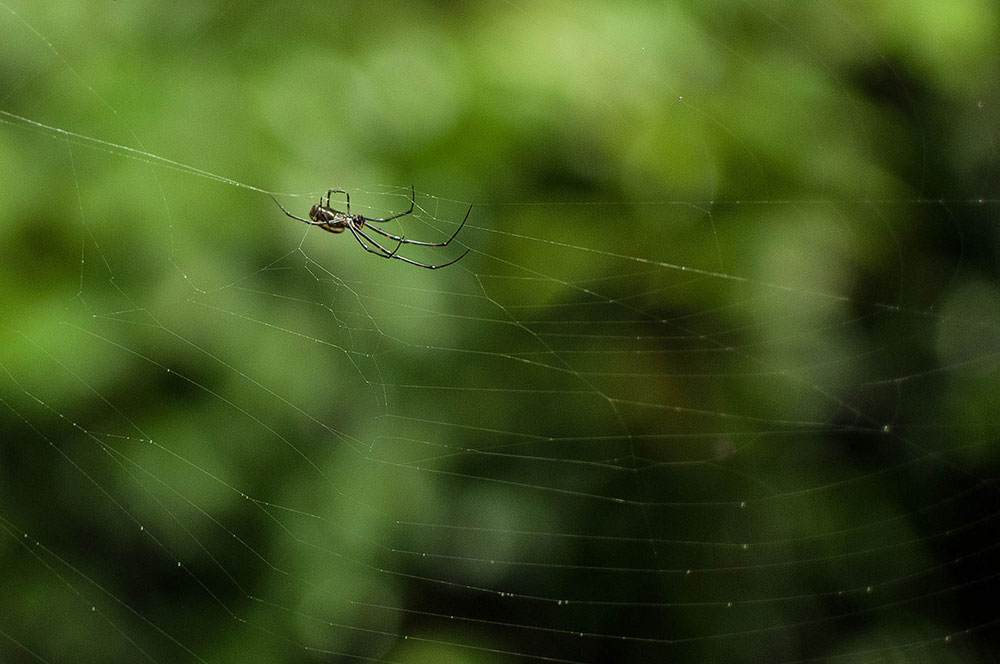
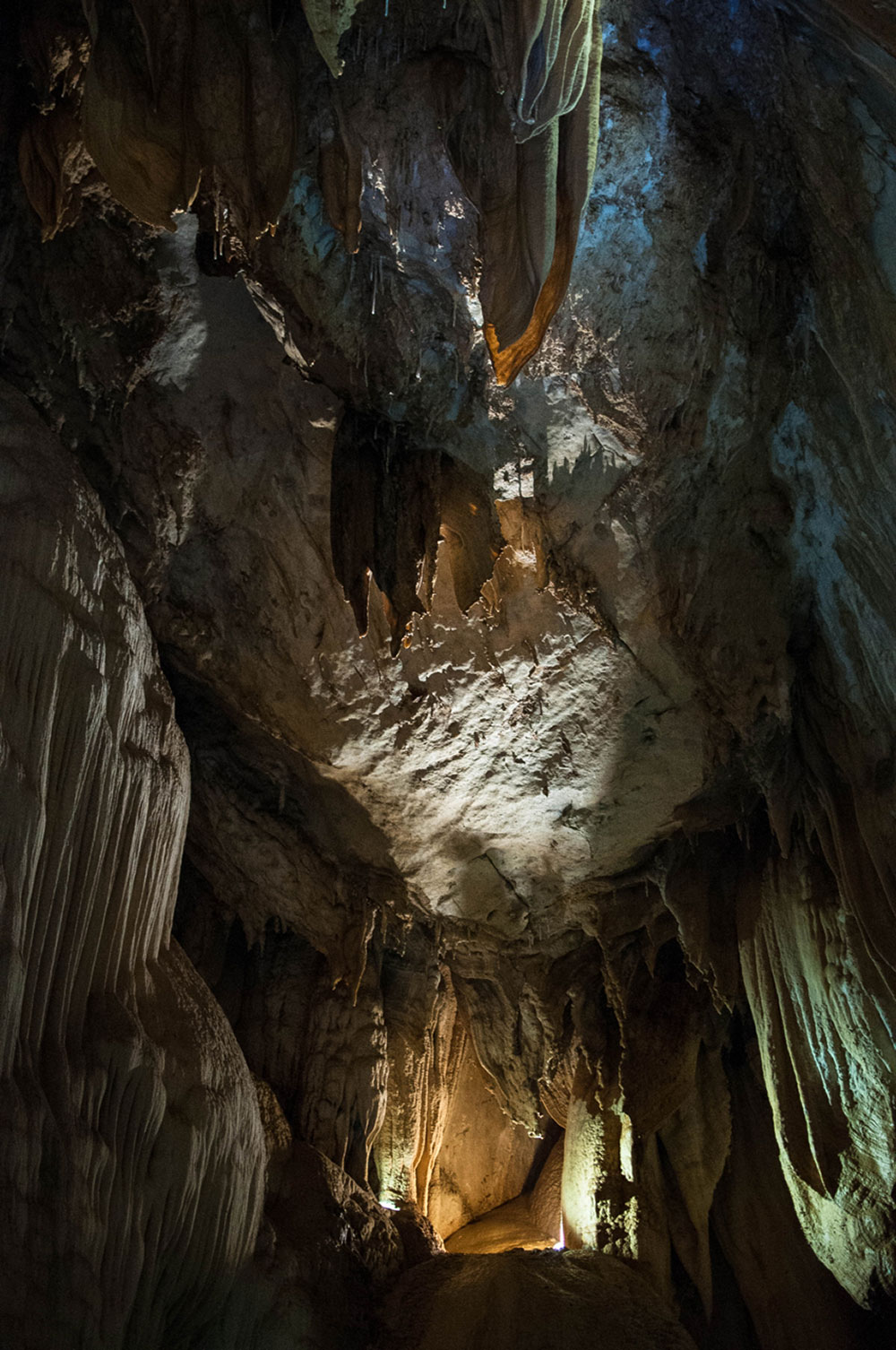
The possibilities in the park are almost endless with an array of hikes, treks, climbs, caves, and boat trips. The basics for a short two or three day stay are the afternoon hike and guided trek into the Deer and Lang Caves, some of the most spectacular cave formations in all of Asia, followed a visit to the worlds largest cave by volume, the Horse Cave. If timed right, you can end your trek and exit the Horse Caves as the bat colony departs for the evenings hunt.
This first cave adventure is a must for just about anyone who visits Mulu National Park. It throws you right into the thick of things, introduces you to the layout of the park, and gets you set for whatever caves you might want to visit next.
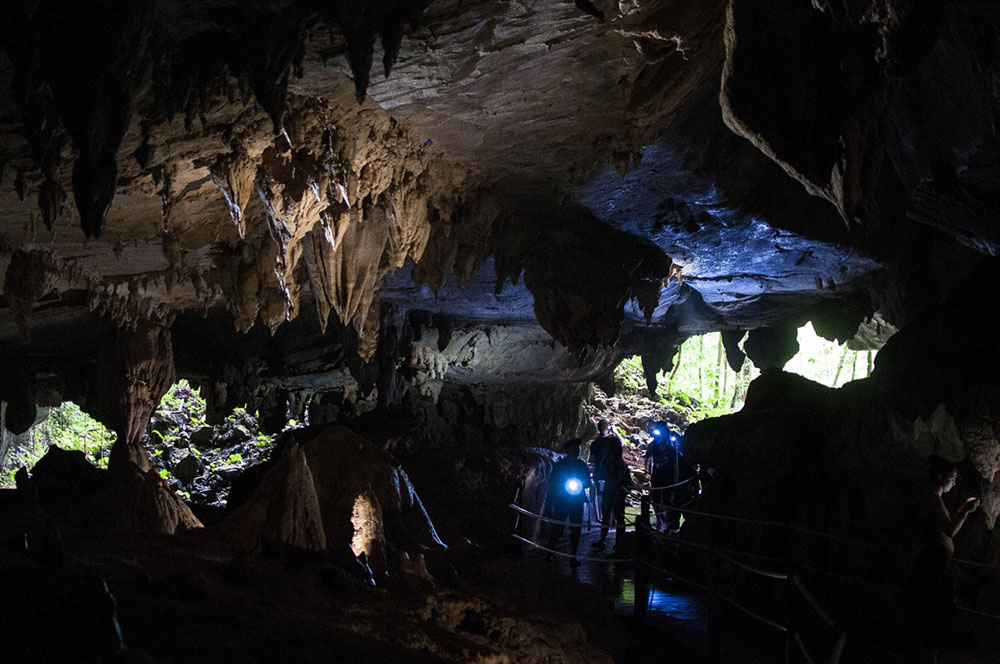
Every visitor to Mulu National Park decides at check in which trips, trails, and caves they would like to do during their stay. There is a huge range of options including the three-day summit trek and the two-day trip to the ‘Pillars’, an incredible rock formation deep in the jungles. There are also a number of jaw-dropping caves near the entrance of the park.
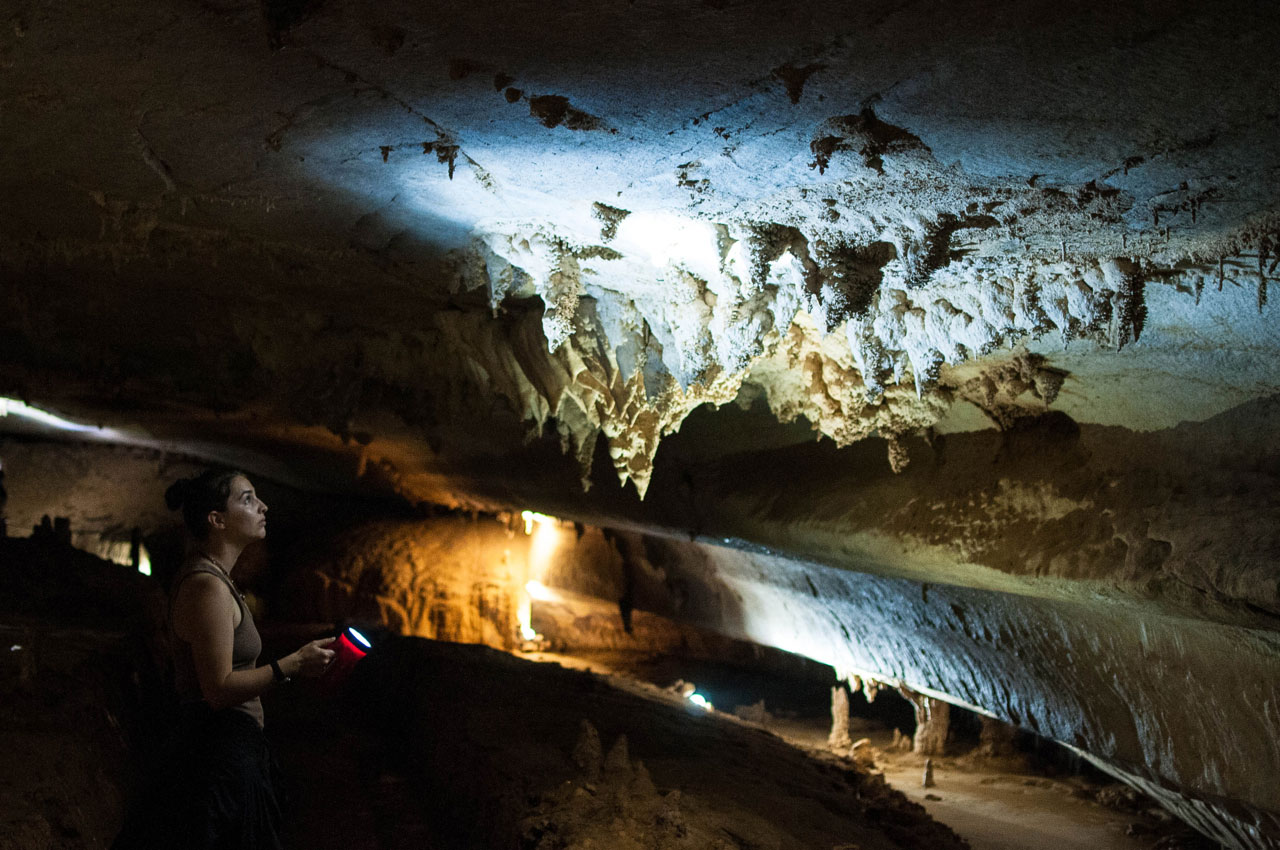
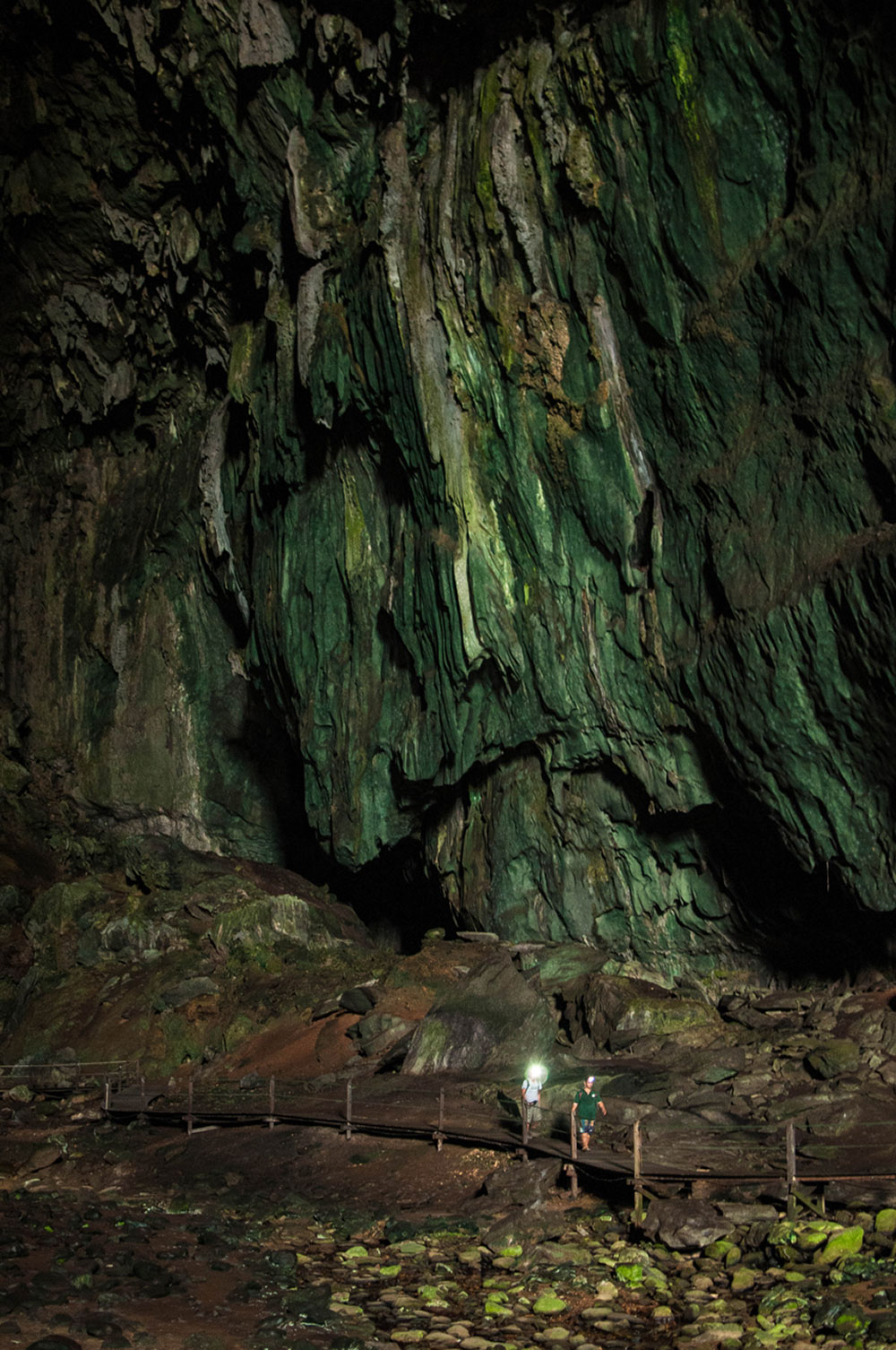
Some of the caves are accessible daily as part of a guided tour. For others, you will need to sign up in advance. For these “Adventure Caving” options, you must be in pretty good shape, have at least three in your party, and as with most of these activities, sign your life away. With all that said, I would highly recommend them.
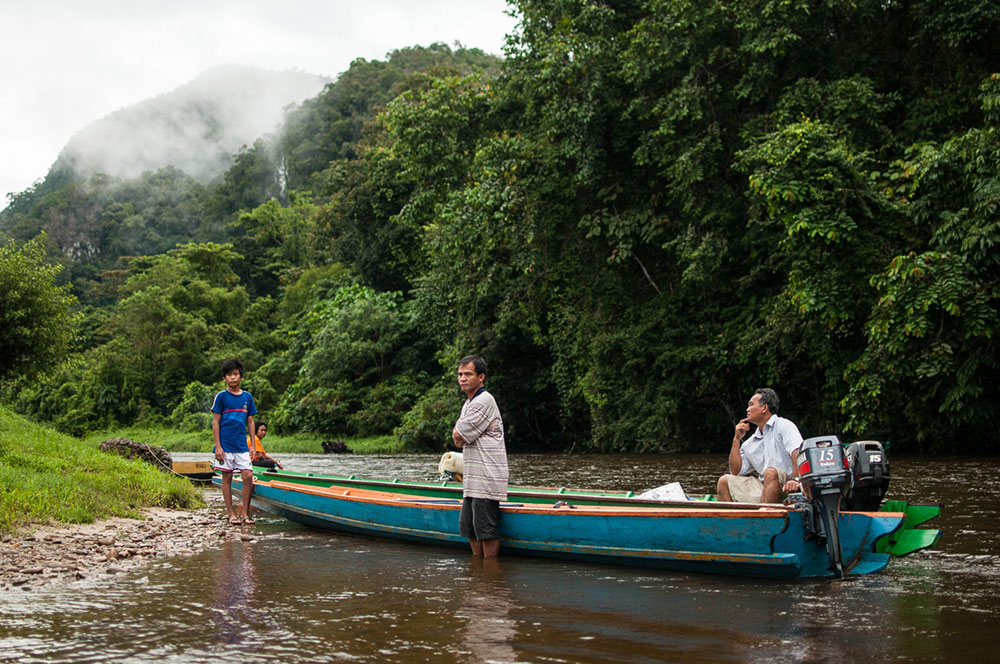
Our trek began with a short trip into the jungle in a dugout canoe. After about twenty minutes on the river, we set out into the jungle with helmets, harnesses, and headlamps. Our guide took us up into the wide mouth of a cave and gave us the run-down on the plan, where we were going and what we needed to know. Geared up, we set out, up into the cave. Within thirty meters we were enveloped in darkness, all you can hear is water, cave crickets, and our heavy breathing in the thick air.
Through mud and slick rock, our guide took us up over rock falls, down sheer caverns, and through a couple very, very tight squeezes. All the while pointing out cave snakes, bats, and the ten-centimetre long crickets native to the caves of Mulu.
For an unforgettable, off the beaten path, and truly wild trip, Mulu National Park checks all the necessary boxes.
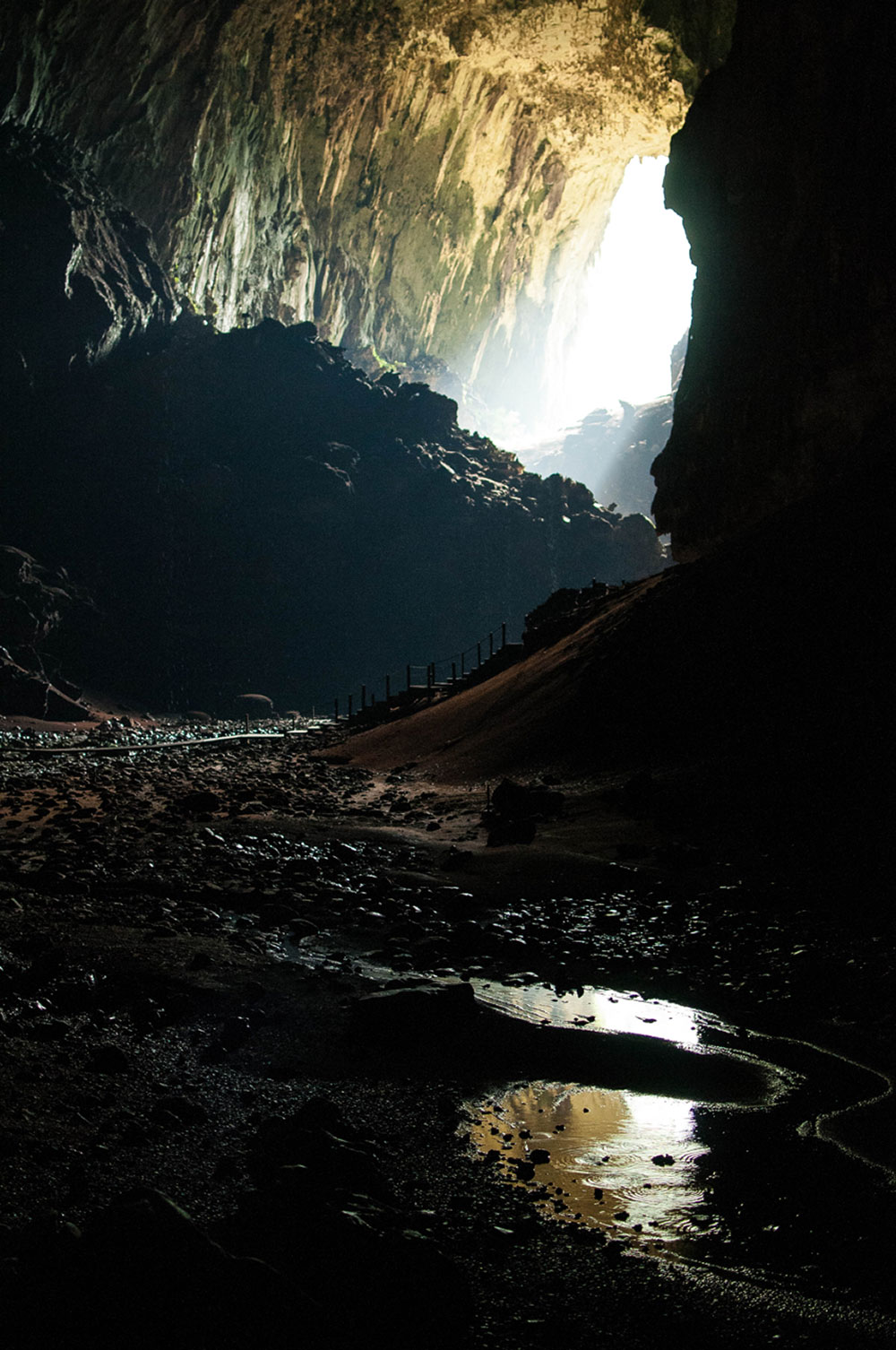
Flights to Borneo and the coastal city of Miri leave daily from the international hub of Kuala Lumpur. Booking ahead of time with the National Park is recommended, especially during the high season. Accommodations can be found in the park itself, with dorm, bungalow, and camping options. Outside the park there are homesteads that can be a great place to meet locals and tourists alike and a quick search online can filter out the good from the bad.
Mulu National Park photography by James MacDonald
Make your next trip the best one.
Departful is a full service travel agency creating truly exceptional travel experiences that are 100% personalized to you. Wherever you’re going, whatever your interests, we help you plan the perfect trip.
James MacDonald
James MacDonald is a Canadian photographer, photojournalist, cinematographer and multimedia producer who has been bouncing around Asia, the Caribbean, the South Pacific and the Americas. James first picked up a camera in 2004 following high school, as he traveled and worked his way through Europe. While completing university and working more and more behind a camera, he soon realized that a history and anthropology degree could only hold his interest for so long. Following a year working as the photo and graphics editor for the University of Guelph's newspaper the Ontarion, an internship with Canadian Geographic Magazine in Ottawa, and then an internship with The StarPhoenix in Saskatoon, he moved back to Toronto to begin freelancing full time, and has been lucky enough to be making pictures since. James moved to Asia in the fall of 2013 to continue freelancing, as well as to work on and develop long term regional stories and projects. He is currently based in Chiang Mai, Thailand.


